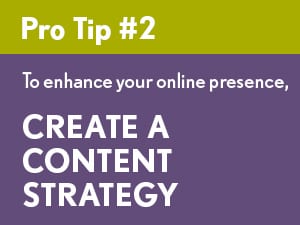Online Privacy and Security in Healthcare: What You Need to Know
Web privacy and security are critical concerns for healthcare organizations and consumers – that’s nothing new. However, the introduction of new regulations around tracking tools and consumer targeting means that protecting sensitive data is more complex than ever. At a recent event hosted by KC Health Communicators, AJ Templin, Digital Marketing Manager, shared essential information for anyone trying to ensure their online privacy and security measures are up to date.…
Read more



 Executing a successful advertising strategy – one that helps your organization maintain share of voice in a presidential election year – is no easy challenge. As political campaigns heat up over the summer into fall, it is essential to consider how political ad spending will impact, or should we say dominate, the advertising ecosystem you’re competing in.
Executing a successful advertising strategy – one that helps your organization maintain share of voice in a presidential election year – is no easy challenge. As political campaigns heat up over the summer into fall, it is essential to consider how political ad spending will impact, or should we say dominate, the advertising ecosystem you’re competing in.
 This week in our Healthcare Branding Series, let’s focus on the importance of digital content strategies.
This week in our Healthcare Branding Series, let’s focus on the importance of digital content strategies. Going viral…it’s the holy grail of modern-day mass marketing. How do you breathe enough life into your content for it to touch thousands or even millions of people beyond your reach? It’s not easy, but it does become easier if you know what you’re doing before you start production. Follow these five tips to boost your marketing content into the hallowed halls of virality:
Going viral…it’s the holy grail of modern-day mass marketing. How do you breathe enough life into your content for it to touch thousands or even millions of people beyond your reach? It’s not easy, but it does become easier if you know what you’re doing before you start production. Follow these five tips to boost your marketing content into the hallowed halls of virality:
